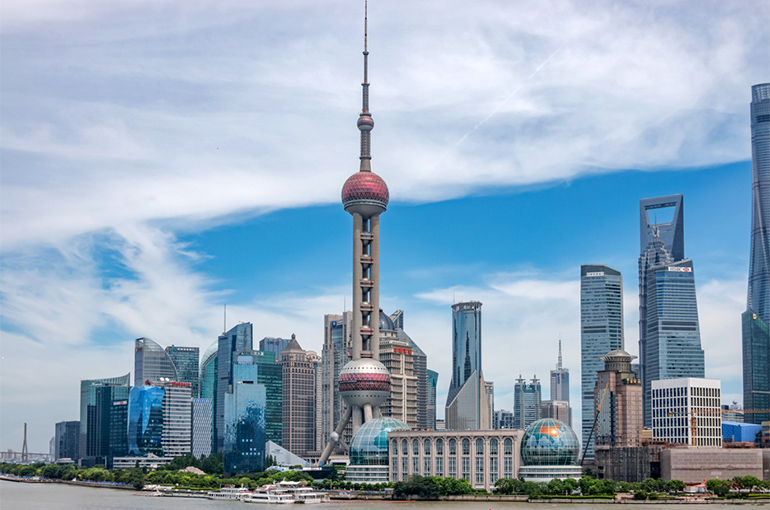 China, India Are World’s Fastest Growing Economies But Have Different Foci, Multinational Execs Say
China, India Are World’s Fastest Growing Economies But Have Different Foci, Multinational Execs Say(Yicai) March 13 -- China and India are two of the world’s most important emerging economies and although their economies are undergoing rapid transformations in manufacturing, digitization and other sectors, their focal points differ, a number of senior executives at multinationals told Yicai recently.
“Although China and India, two of the largest and fastest-growing economies in the world, are experiencing rapid digital transformation, their foci differ,” said Pankaj Sharma, executive vice president of the secure power division at French digital automation and energy management giant Schneider Electric.
China's digital transformation is driven by a comprehensive strategy that includes geopolitical considerations and sustainability, while India's is fueled by a rapidly growing consumer market and a burgeoning startup ecosystem. Both countries bring unique opportunities and challenges to the digital landscape, Sharma said.
China has grown into Schneider Electric’s second-biggest market in the world and is also home to a major R&D base, Sharma said. The Rueil-Malmaison-based company has also set up several R&D facilities in India.
“Over half of Chinese businesses doubled down on digitalization in 2023. China has transitioned into one of the world’s largest digital economies, with e-commerce sales reaching USD3 trillion last year,” Sharma said. “India’s digital transformation is fueled by a rapidly growing online consumer market, with internet users expected to top 900 million this year. India is also the third largest startup ecosystem in the world with 90,000 startups, of which 107 are unicorns.”
As part of its global 'multi-hub' strategy, Schneider Electric will continue to strengthen the construction of both a 'China hub' and 'India Hub', he added.
“China has progressed a lot and, to me, Shanghai is more important than New York,” Ahmed Bin Sulayem, executive chairman and chief executive officer of the United Arab Emirates' largest free-trade zone Dubai Multi Commodities Centre, told Yicai a few days ago in Shanghai.
Although China’s economy is not growing as fast as before, the country’s economy is experiencing a transformation and new business formats and concepts are emerging, Sulayem said. This means more business opportunities, he added.
China is the largest trading partner of the UAE and India is its second-largest, said Hamad Buamim, chairman of the board at DMCC. The number of Chinese companies based in the DMCC surged 25 percent last year from a year earlier to 852. Many of these use Dubai as a stepping stone to gain entry to the Indian market.
India has formed close ties with the UAE in recent years, Sulayem said. It was the first country in the Middle East with which India penned a bilateral trade agreement in May 2022, and only the second that the South Asian country had entered into. And last month they agreed to open an economic trade corridor.
There are around 3.5 million Indian nationals living in the UAE, accounting for almost one third of the population, according to UAE statistics. Most of these people are laborers and the majority of India’s overseas remittance comes from the UAE.
Editor: Kim Taylor